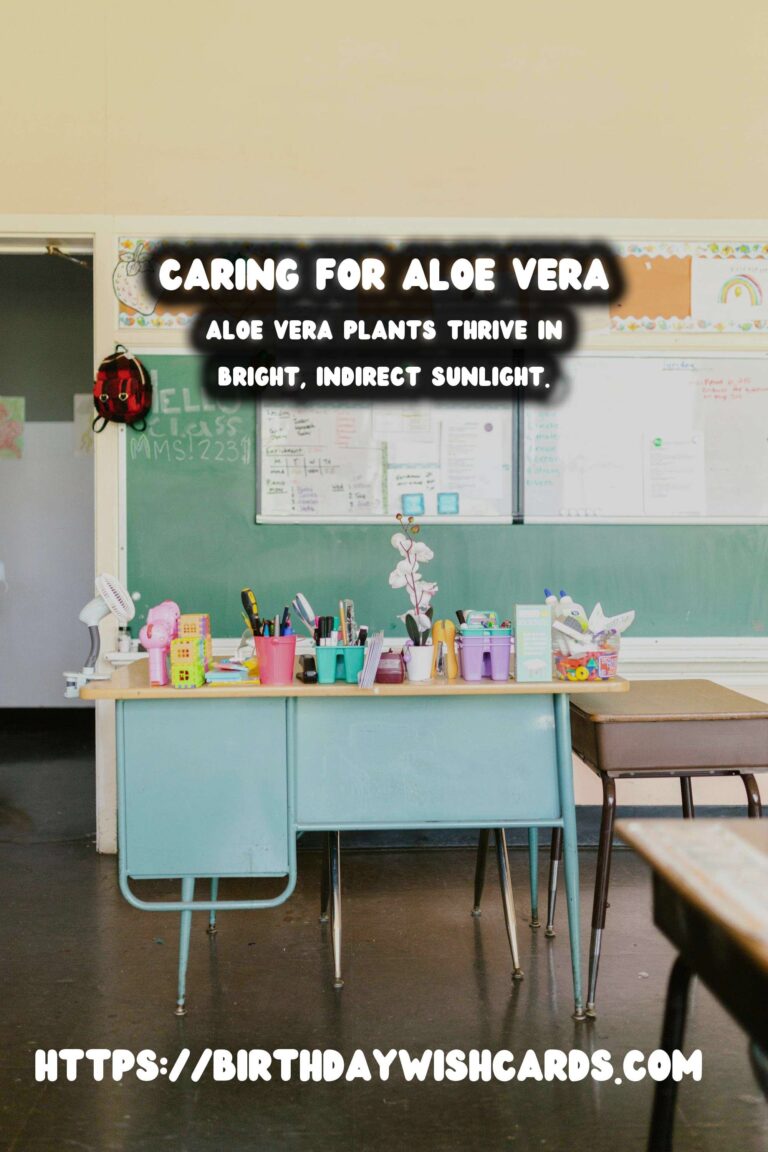
Aloe vera is a popular succulent known for its medicinal properties and low maintenance needs. This plant is appreciated by both novice and experienced gardeners due to its resilience and the minimal care it requires. Understanding the basic requirements of sun exposure and watering can ensure that your aloe vera thrives.
The Importance of Sunlight for Aloe Vera
Aloe vera plants thrive in bright, indirect sunlight. They are native to warm climates where they receive plenty of sun, but they can also adapt to less sunny environments if necessary. The key to successful aloe vera care is to provide just the right amount of sunlight.
When placed indoors, an aloe vera should be positioned near a window that receives a good amount of sunlight each day. South or west-facing windows are ideal, as they offer the most light. If outdoor planting is preferred, choose a spot that gets plenty of morning sun and some afternoon shade to prevent leaf scorch.
Too much direct sunlight can cause the leaves to turn brown and dry out. If you notice your plant’s leaves are becoming sunburned, try relocating it to a spot with less intense light. A sheer curtain can also help filter the sunlight for indoor plants.
Watering Aloe Vera: Finding the Right Balance
Aloe vera plants are succulents, meaning they store water in their leaves and can tolerate periods of drought. Overwatering is a common mistake that can lead to root rot and the eventual death of the plant.
To water an aloe vera properly, allow the top inch of soil to dry out completely before watering again. Typically, this means watering every two to three weeks, but this can vary depending on the climate and the size of the pot. During the winter months, watering can be reduced as the plant enters a dormant phase.
It is important to ensure that the pot has good drainage, as aloe vera does not like to sit in water. Use a well-draining cactus soil mix or add sand or perlite to regular potting soil to improve drainage.
Signs of Overwatering and Underwatering
Recognizing the signs of overwatering or underwatering can help you adjust your care routine accordingly. Overwatered aloe vera plants will often have leaves that appear mushy or translucent. The plant may also develop root rot, which is difficult to reverse.
On the other hand, underwatered aloe vera will have leaves that are thin and curling inward. The plant will appear shriveled and may lose its vibrant green color. To rectify this, increase the frequency of watering, ensuring the soil is thoroughly soaked but not waterlogged.
Conclusion
Caring for an aloe vera plant is straightforward once you understand its basic needs. By providing the right amount of sunlight and water, you can enjoy a healthy and thriving aloe vera that will enhance your home or garden. Remember, the key is to balance sun exposure and watering to suit your specific environment.
Aloe vera is a popular succulent known for its medicinal properties and low maintenance needs. Aloe vera plants thrive in bright, indirect sunlight. To water an aloe vera properly, allow the top inch of soil to dry out completely before watering again. Overwatered aloe vera plants will often have leaves that appear mushy or translucent. Caring for an aloe vera plant is straightforward once you understand its basic needs. 
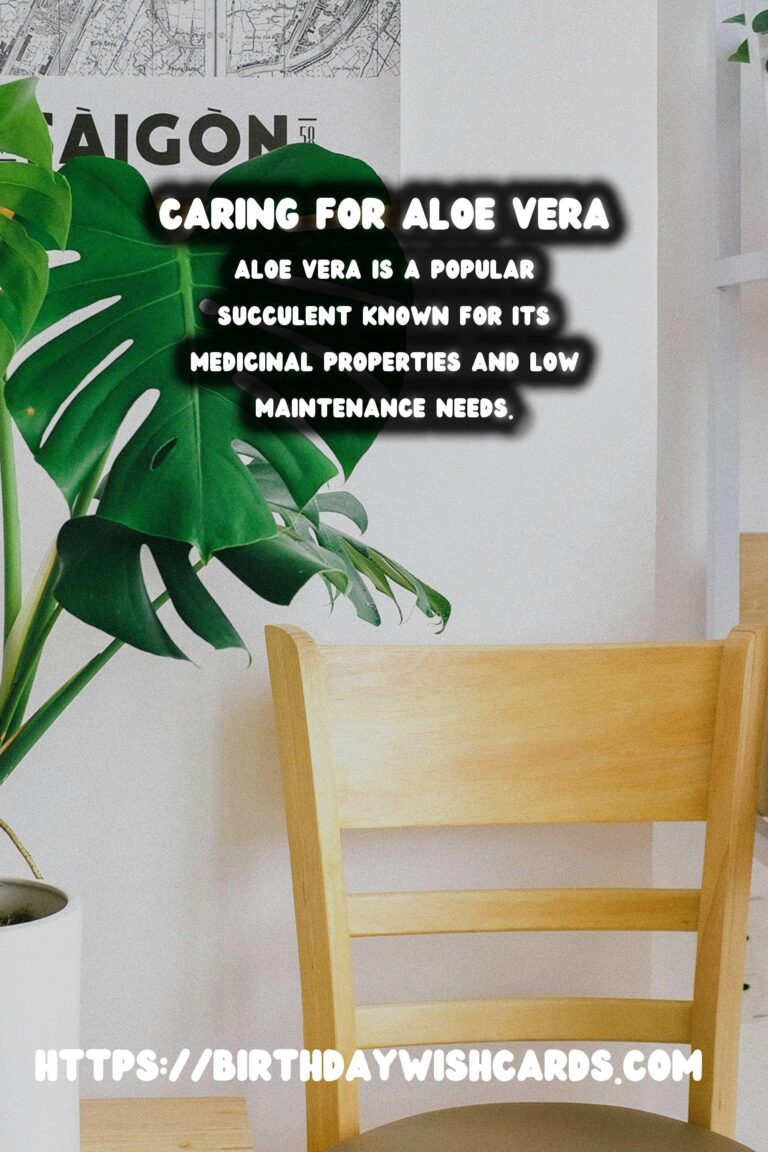
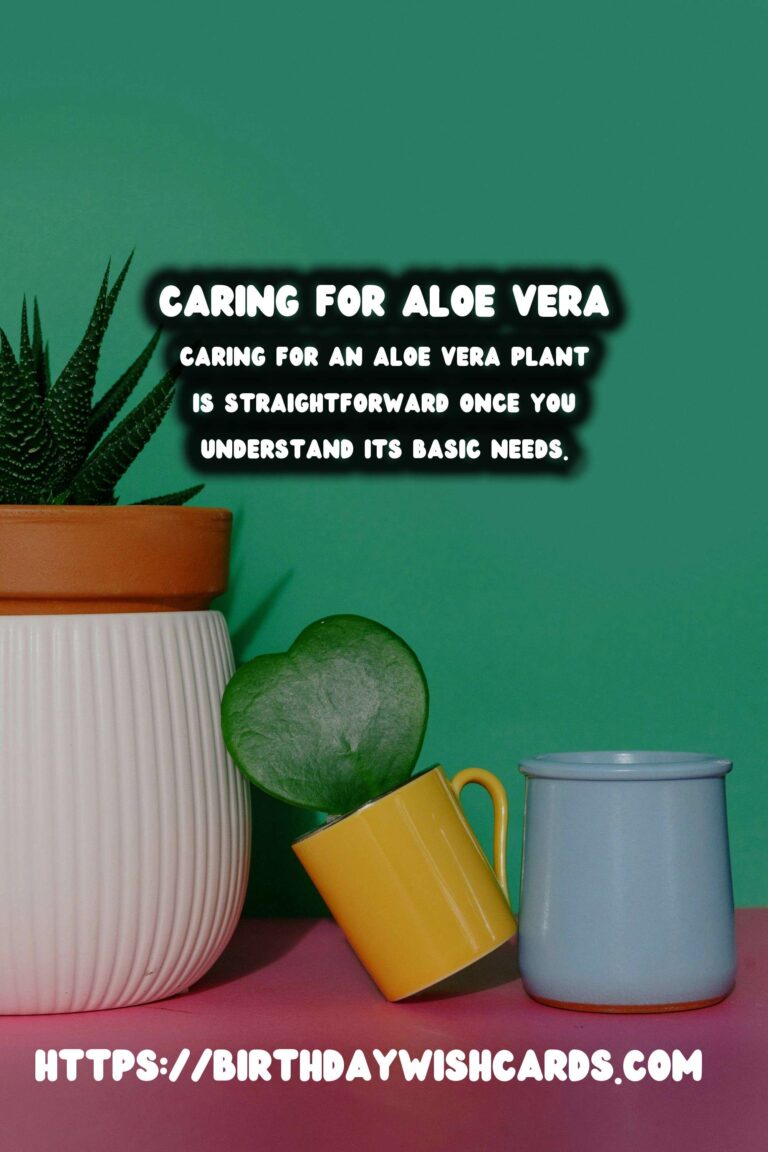
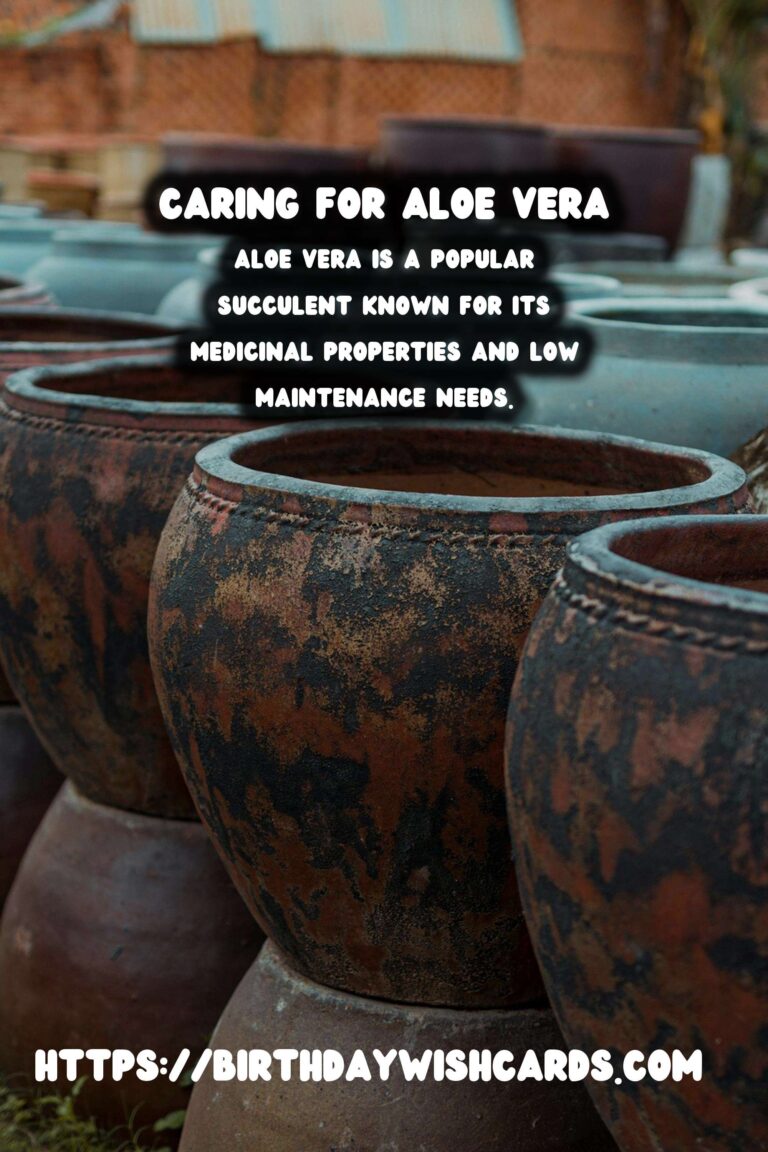
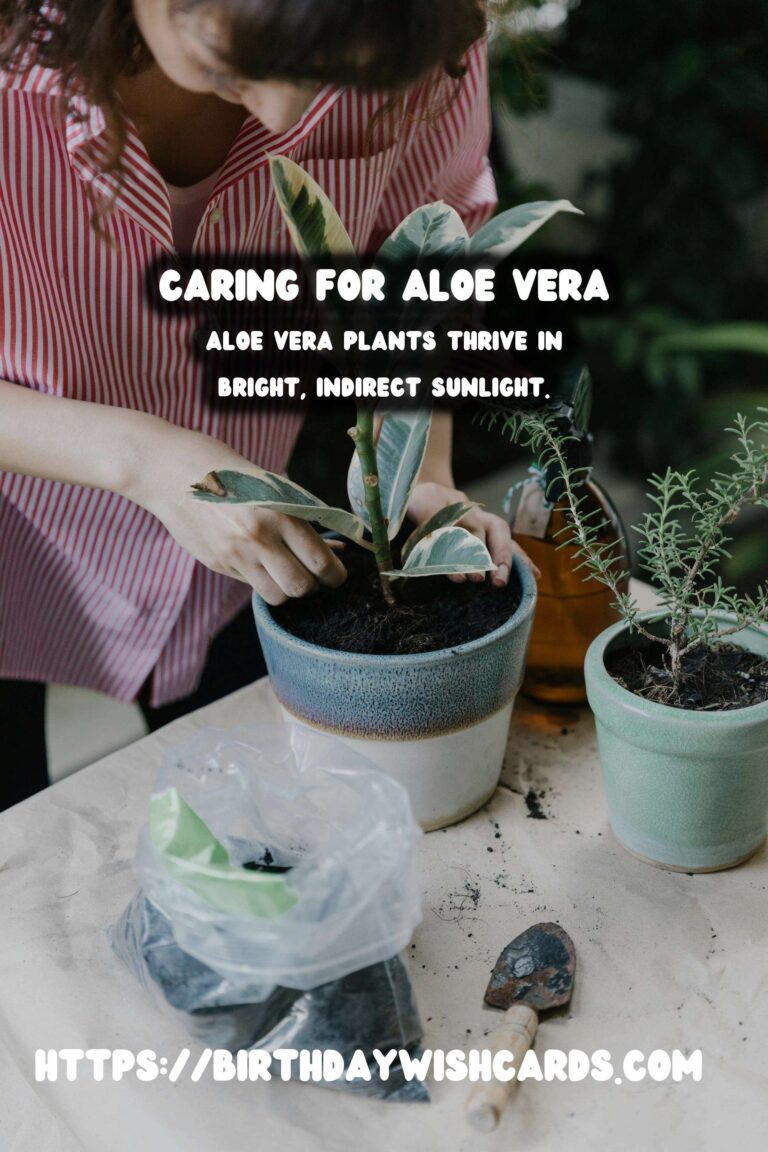
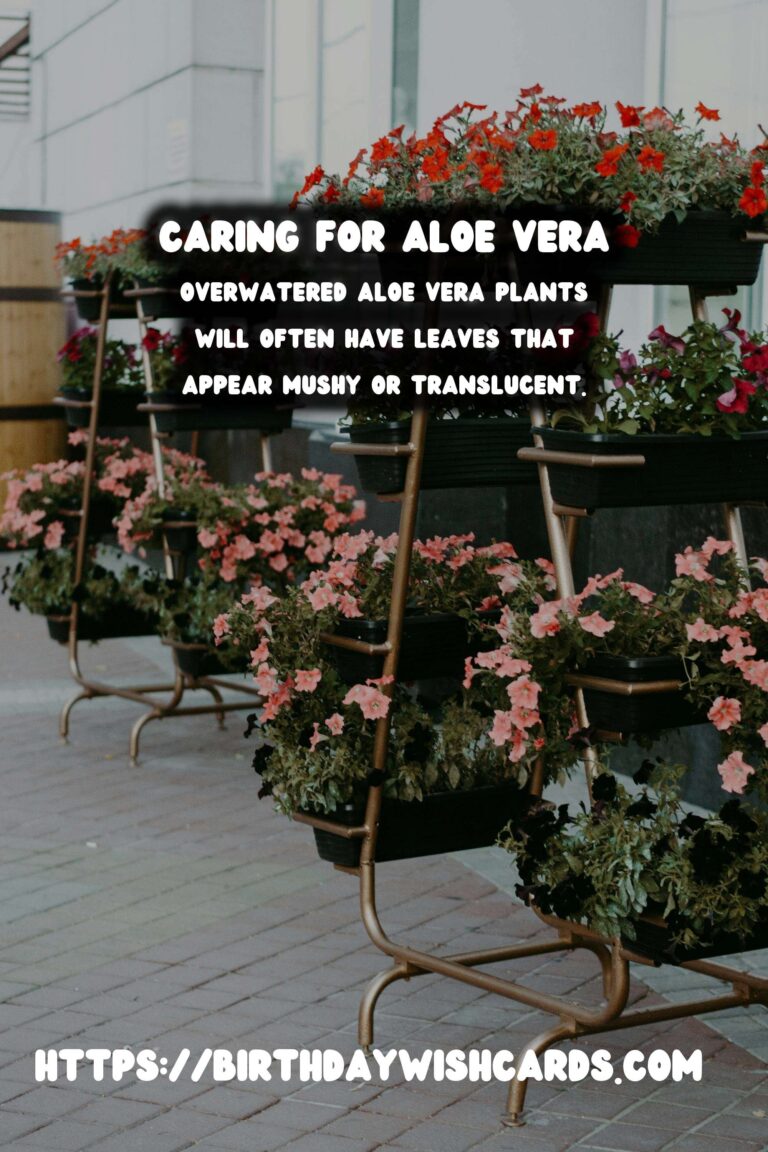
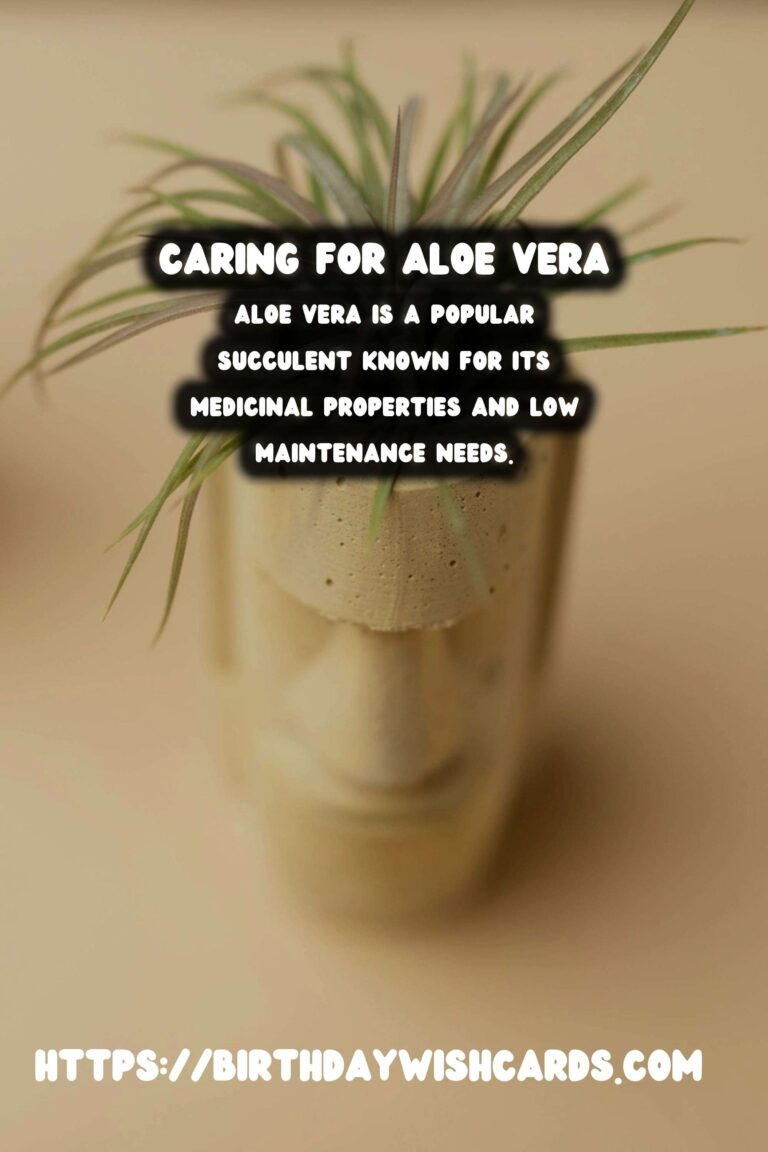
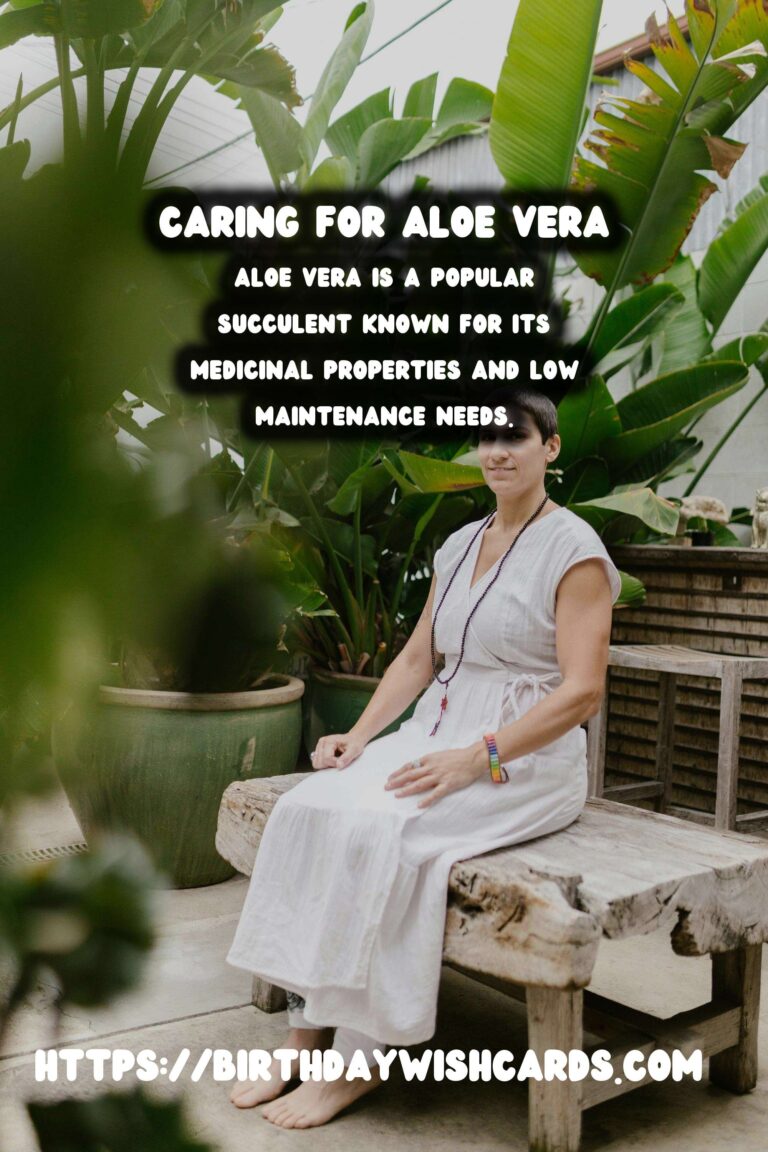
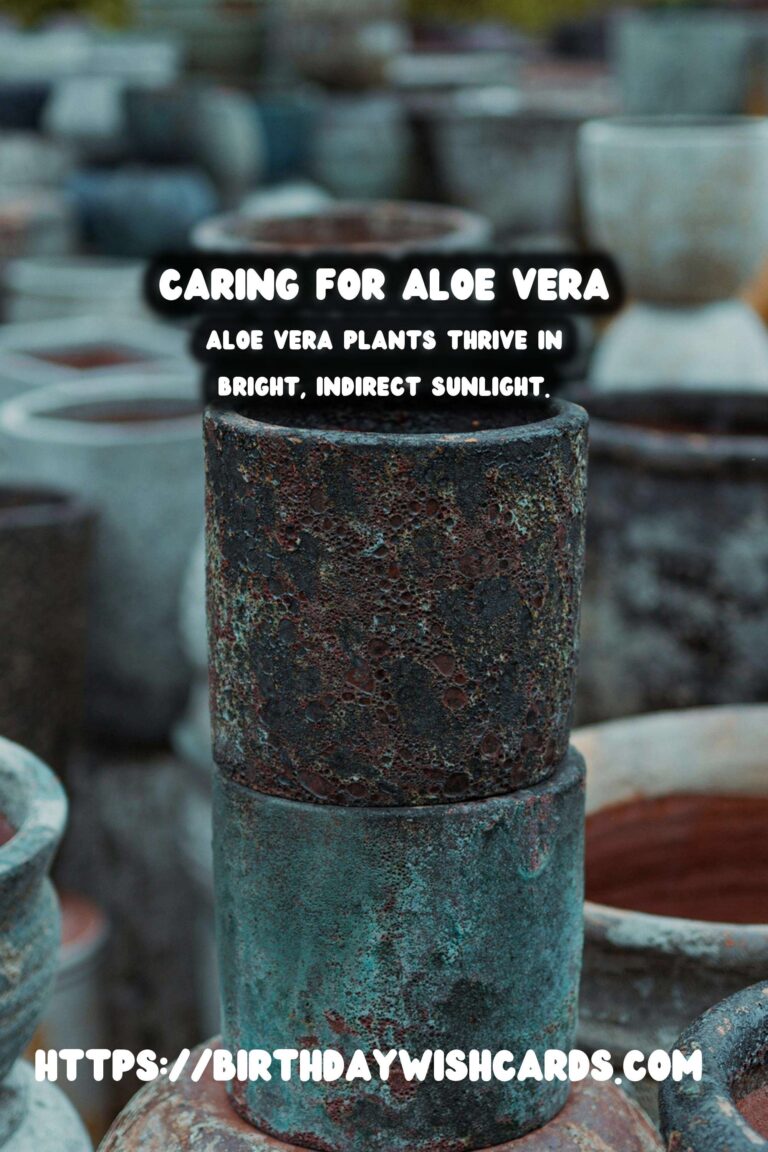
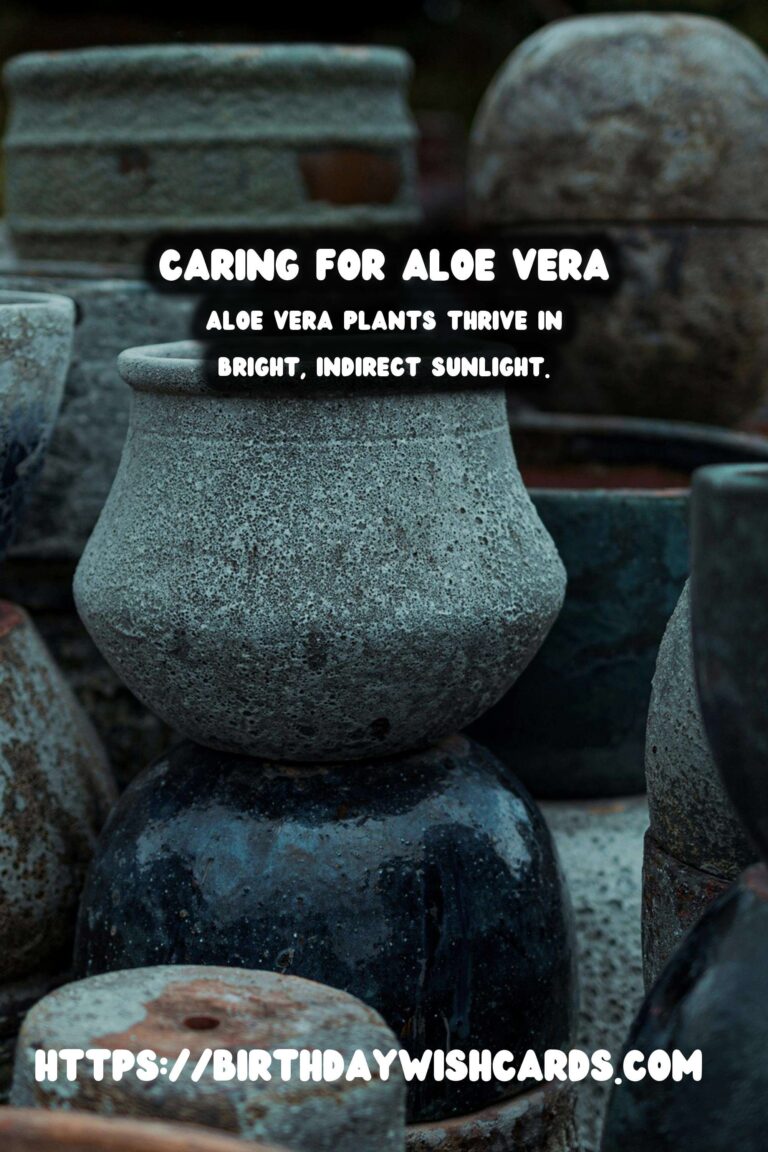
#AloeVeraCare #SucculentGardening #PlantCareTips #Gardening




